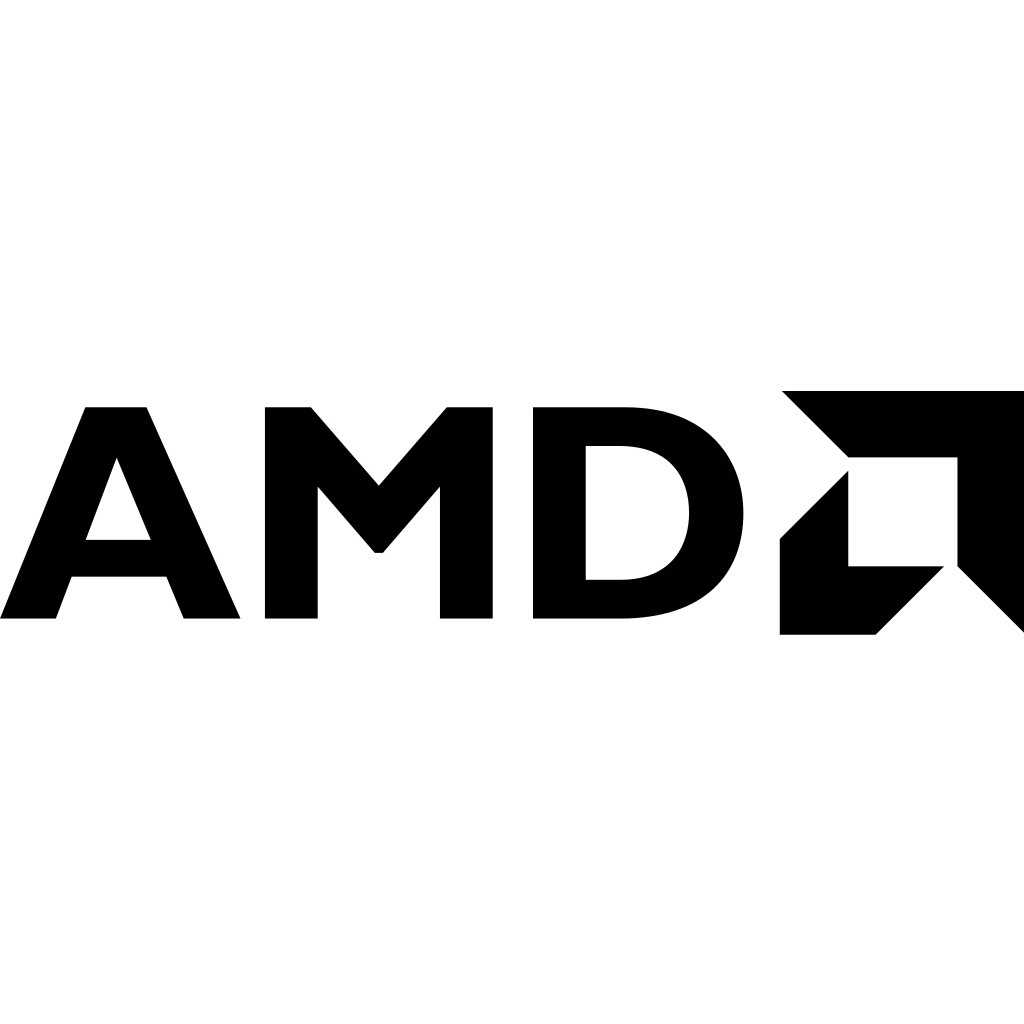Technology
How Analysts Are Coping With AMD Earnings and Guidance

Published:
Last Updated:

Advanced Micro Devices Inc. (NASDAQ: AMD) had a mixed earnings report for the first quarter of 2017. Unfortunately, commentary around the conference call and guidance may be dominating what otherwise was expected to be a report showing continued growth. Now analysts on Wall Street are showing some very mixed views after AMD’s report.
Before getting into the nitty-gritty of earnings and guidance, it is important to realize that 2016 was the year that AMD shares rallied exponentially off of multiyear lows. AMD’s recovery was still based on expectations rather than past numbers, but the multiple opportunities from data centers, artificial intelligence other machine learning and virtual reality all added to trump more than just how AMD chips were selling into the PC market.
24/7 Wall St. already has focused on AMD’s earnings and guidance. Now it is time to see what Wall Street analysts are saying about AMD. Some analysts have decided to remain quite positive, while other analysts have thrown in the towel on their bullish views.
AMD was downgraded to Underperform from Neutral at Macquarie, and the firm cut its target price to $10 from $14 after saying that the PC performance was disappointing and that margin expansion will be difficult as far as major gains.
Jefferies was among the more bullish analyst reports, maintained its Buy rating and its $16 price target, noting that the double-digit percentage drop looks like an overshoot for a robust product cycle and gross margin expansion cycle.
Credit Suisse maintained its Neutral rating and $10.50 price target. The firm did actually raise some estimates (CY17/18 EPS modestly to $0.05/$0.22 from $0.03/$0.20, versus Street of $0.07/$0.30). The firm noted that gross margin and operating expenses were disappointing, and it pointed at 12% growth in inventory dollars ahead of product ramps.
Merrill Lynch maintained its Buy rating, noting in-line results with sales guidance falling short of high expectations. The firm maintains that AMD’s long-term growth story remains intact and it sees upside from graphics, gaming and servers being offset by lower earnings quality from new operating expense assumptions. Merrill Lynch is looking for more data from AMD at the company’s analyst day on May 16.
Loop Capital also maintained its Buy rating and its price target went to $13 from $12. The view is that it is too soon to throw in the towel, and it is also looking for more clarity out of AMD’s analyst day on May 16.
Sometimes it is worth seeing how management spins the earnings and guidance bias. Dr. Lisa Su, AMD president and CEO, said in the earnings release on Monday:
We achieved 18 percent year-over-year revenue growth driven by strong demand for our high performance Ryzen CPUs as well as graphics processors. We are positioned for solid revenue growth and margin expansion opportunities across the business in the year ahead as we bring innovation, performance, and choice to an expanding set of markets.
Two analyst targets from Wall Street were raised despite Neutral/Hold commentary. Stifel Nicolaus raised AMD’s price target to $11 from $8 and JPMorgan raised its target to $11.50 from $10.00 in its call.
The first view after the report was that AMD tripped over earnings with a loss as shares were initially down 6.4% at $12.75 on Monday evening. AMD shares opened at $11.73 on Tuesday morning, and shares were down 17.7% at $11.22 after about an hour of trading on Tuesday. AMD shares already had traded more than 100 million shares in the first hour of trading alone.
AMD’s 52-week trading range is $3.45 to $15.55. Its consensus price target from Thomson Reuters’s sell-side research universe was $12.20 on last look. Expect more AMD analyst calls in the next day or two, and ditto at the AMD analyst day that is coming up in two weeks.
Thank you for reading! Have some feedback for us?
Contact the 24/7 Wall St. editorial team.